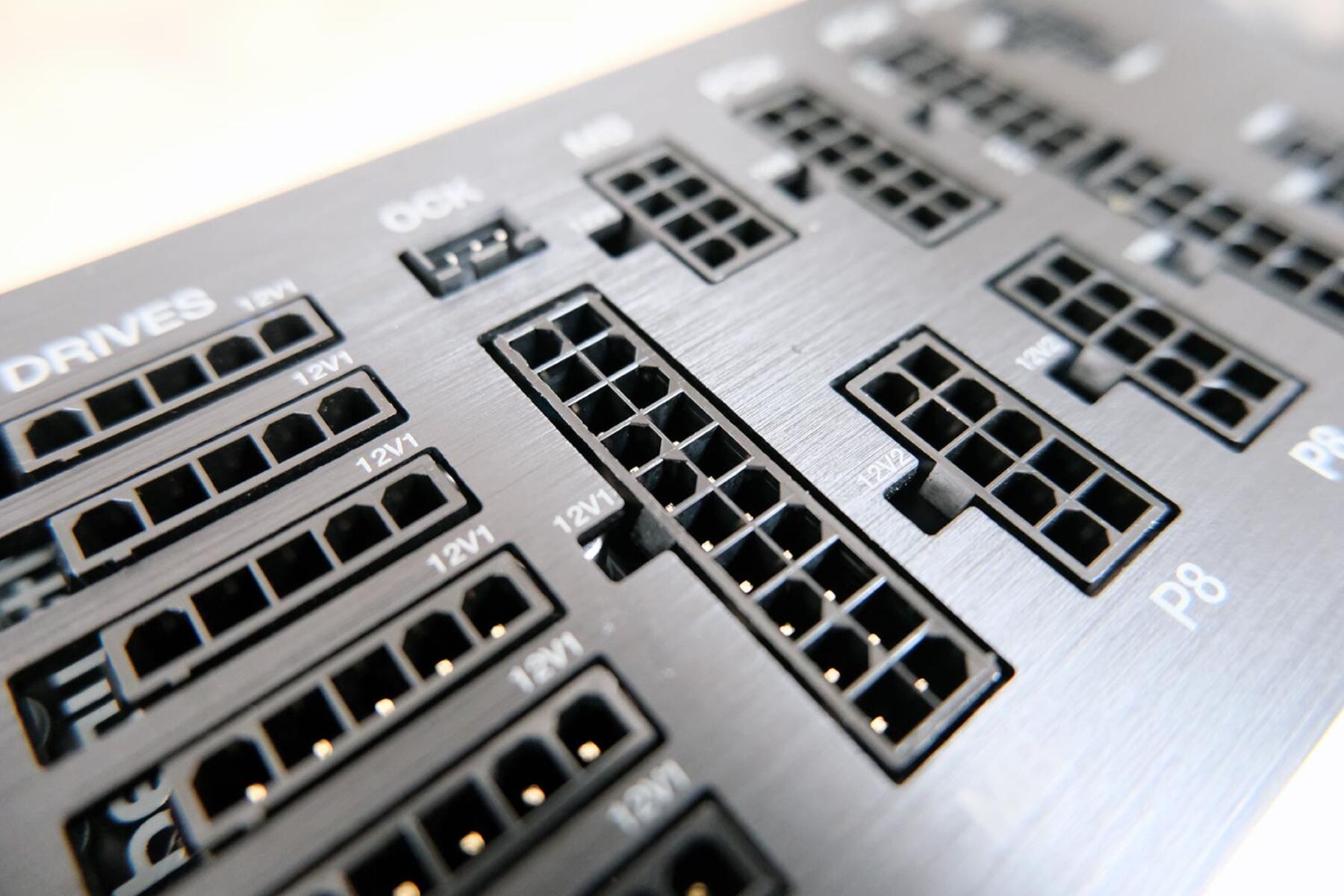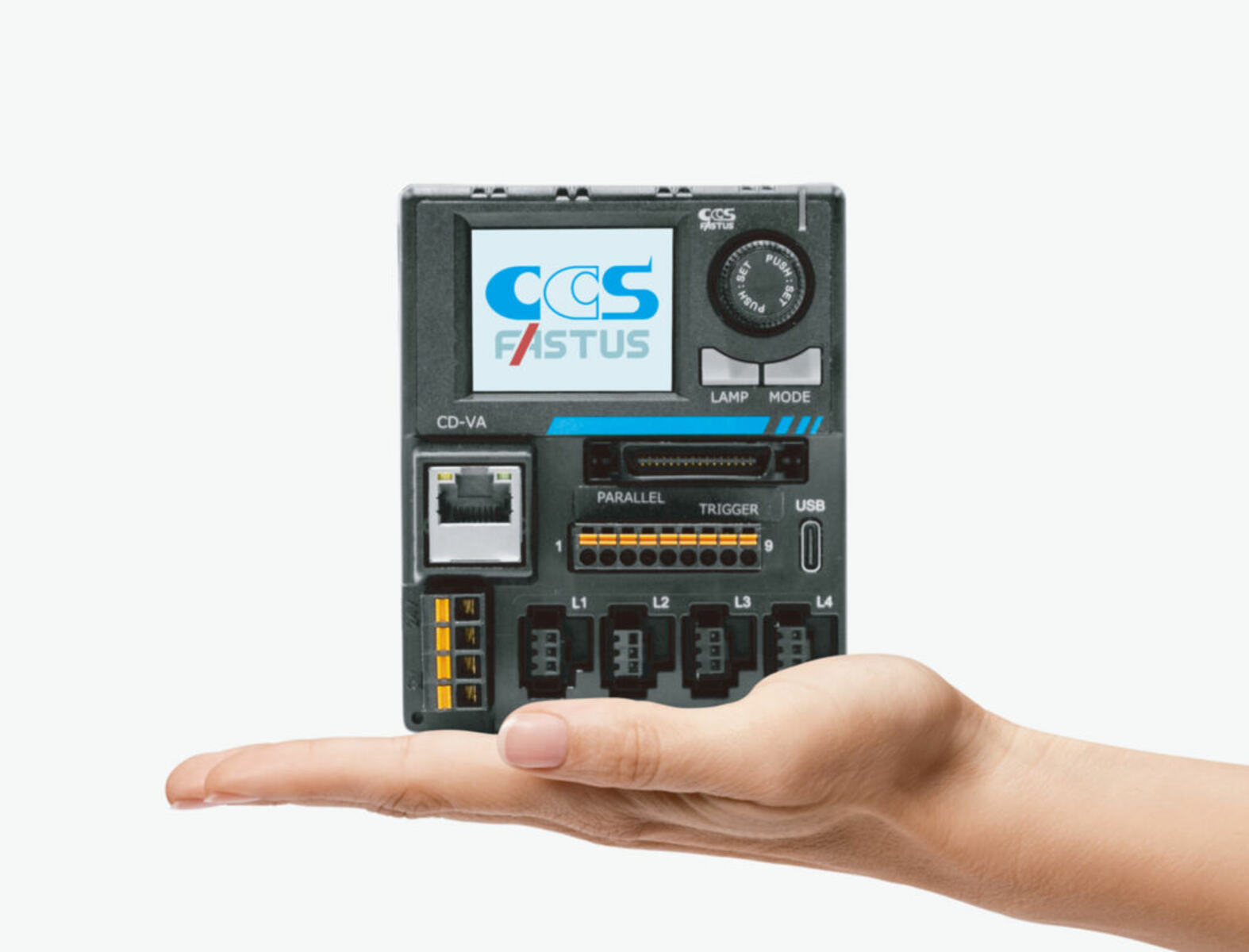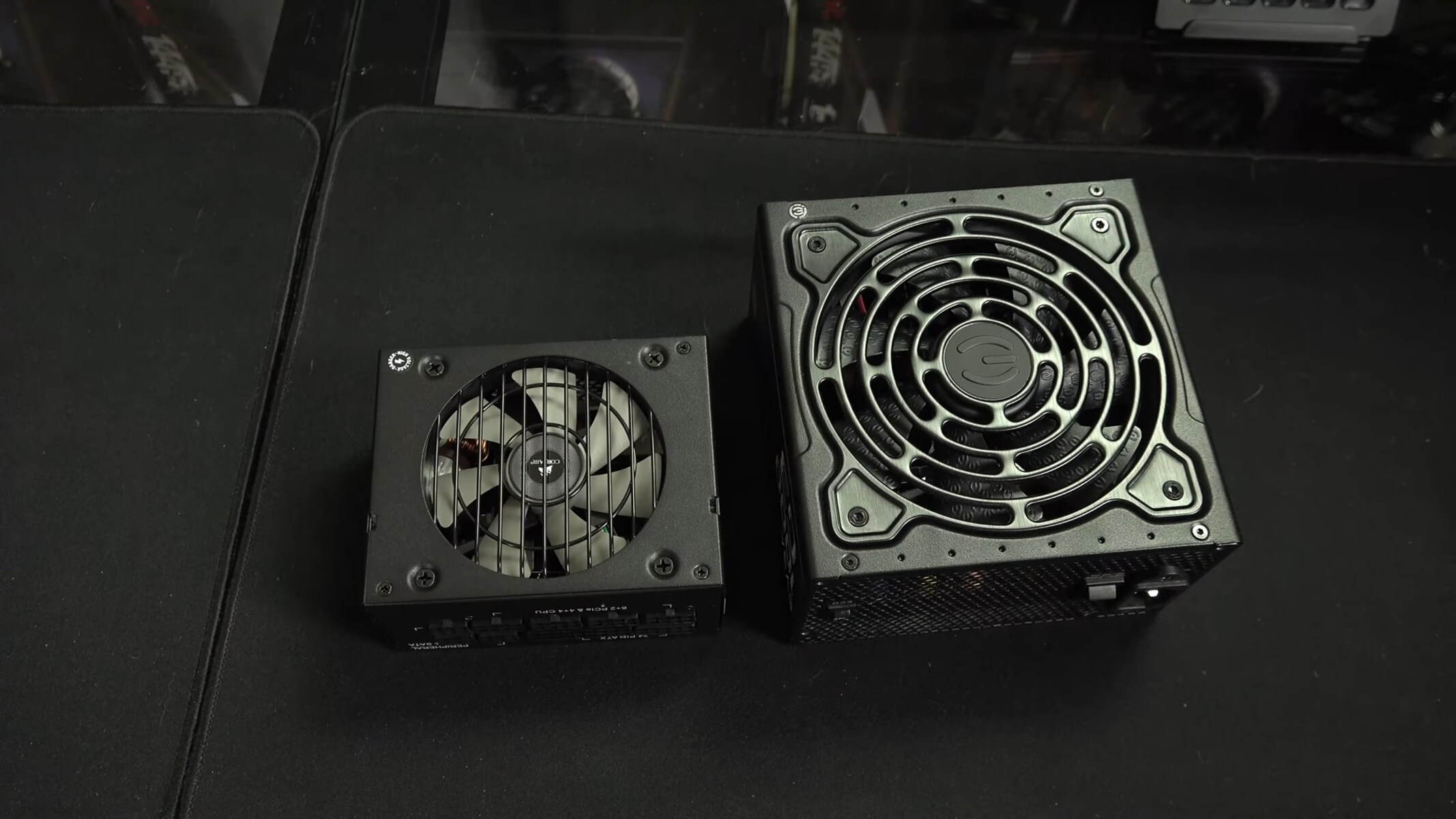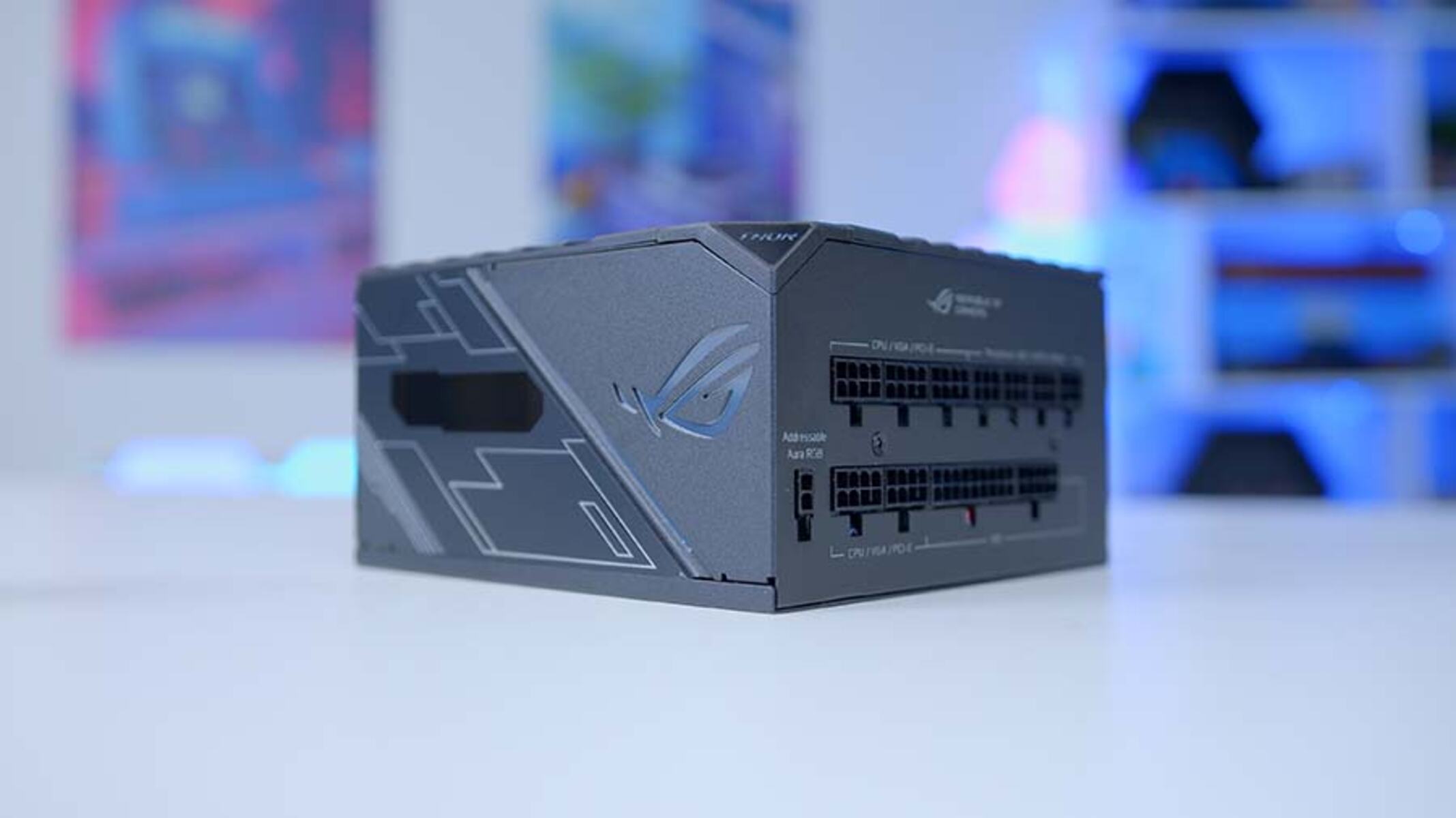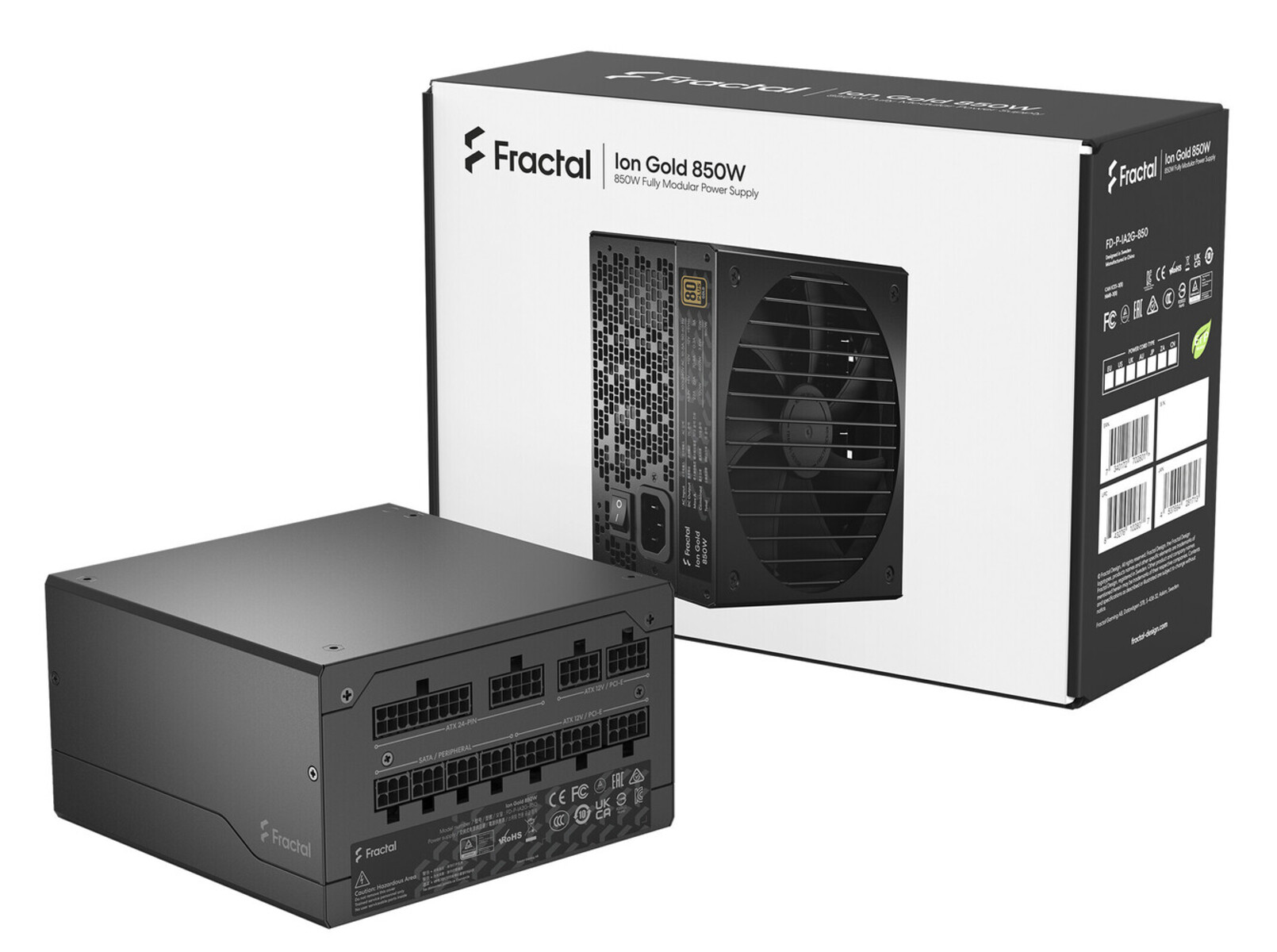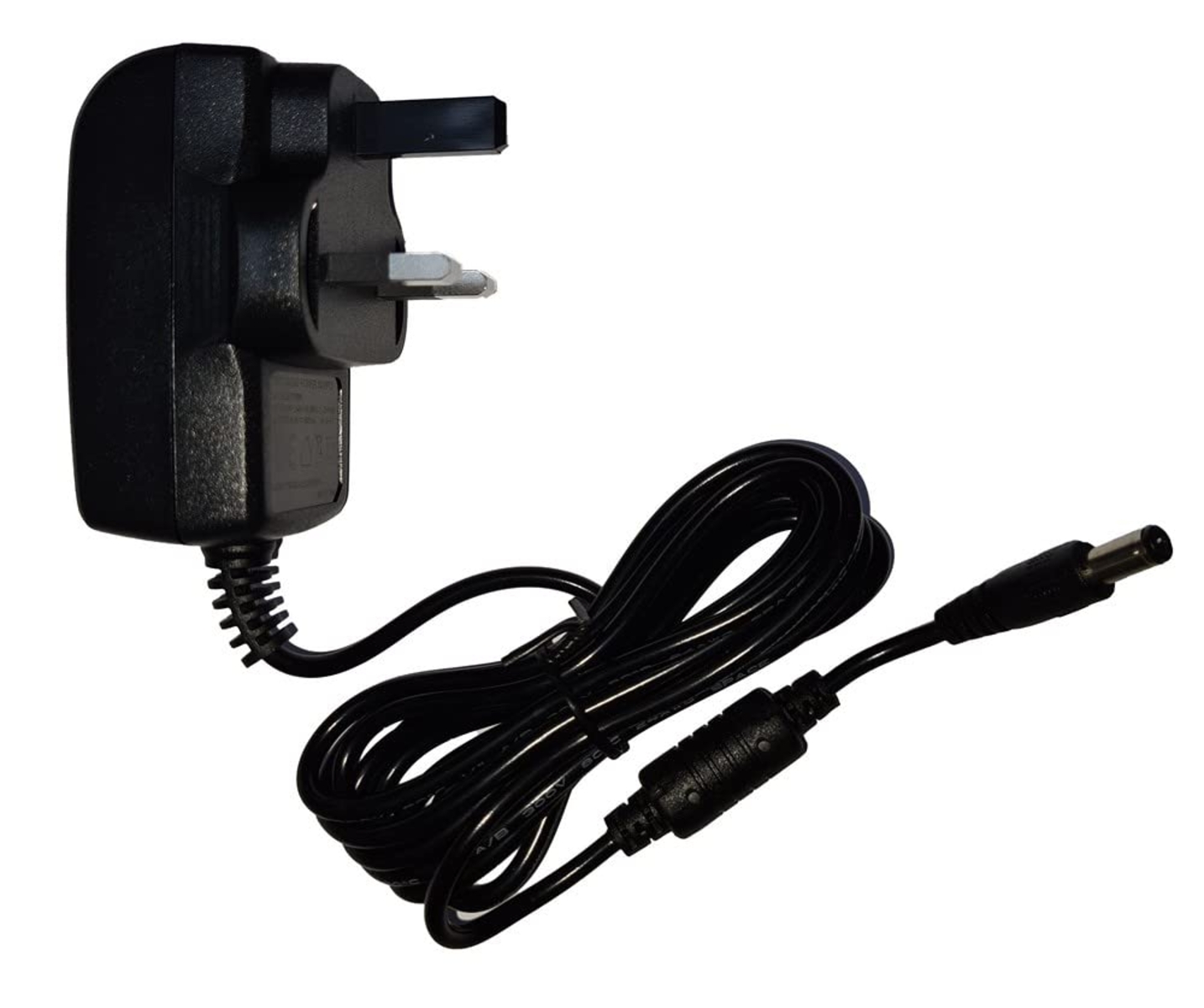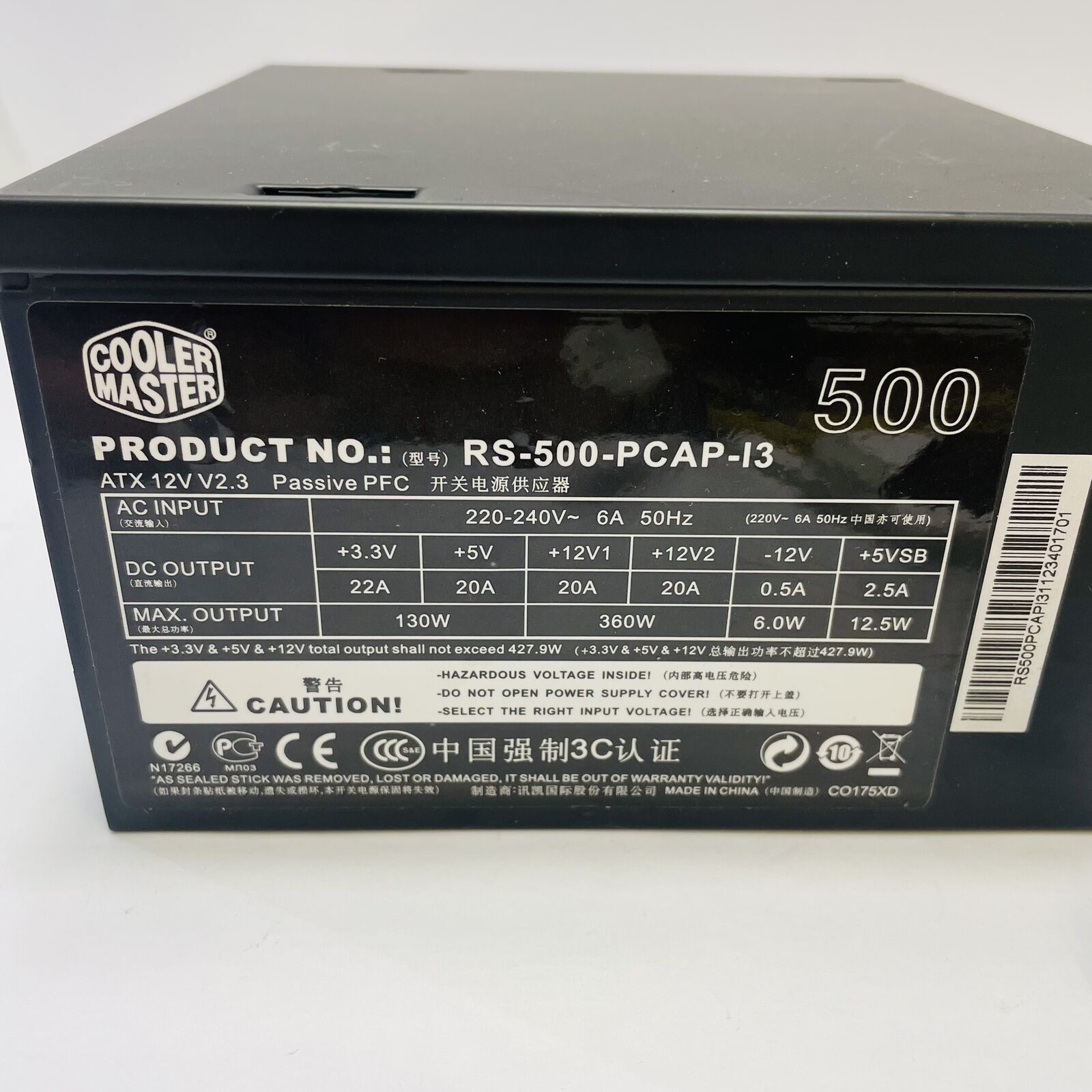Introduction
A power supply unit (PSU) is a critical component in any computer system, providing the necessary electrical power to all the other components. It not only ensures a stable and reliable power source, but it also plays a crucial role in the overall longevity of the system. Understanding the lifespan of a PSU is important for computer users and enthusiasts, as it directly impacts the performance and reliability of their machines.
The lifespan of a PSU can vary depending on several factors, such as the quality of its components, the workload and usage patterns, the temperature and cooling, as well as the presence of power surges and voltage fluctuations. By considering these factors, users can better evaluate the expected lifespan of their PSU and take appropriate steps to prolong its durability.
In this article, we will delve deeper into the various factors that affect the lifespan of a PSU and provide valuable insights into how to ensure its longevity. We will also discuss the average lifespan of different types of PSUs and highlight the signs of an aging or failing power supply. By the end of this article, you will have a better understanding of the importance of a well-maintained PSU and the steps you can take to extend its lifespan.
Factors affecting the lifespan of a PSU
Several key factors can significantly impact the lifespan of a power supply unit (PSU). By understanding these factors, users can make informed decisions and take appropriate measures to ensure the longevity and reliability of their PSUs.
1. Quality of components: The quality of the components used in a PSU directly affects its lifespan. PSUs made with high-quality capacitors, chokes, and transformers are generally more durable and reliable compared to those with lower quality components. Investing in a reputable and well-reviewed PSU from a trusted manufacturer is advisable to ensure a longer lifespan.
2. Workload and usage patterns: The workload and usage patterns of a computer system can impact the lifespan of its PSU. High-performance computers used for resource-intensive tasks such as gaming, video editing, or 3D rendering will put more strain on the PSU. Consistently running a PSU near its maximum wattage for extended periods can reduce its lifespan. Optimal usage, avoiding excessive strain, and giving the PSU occasional breaks can help extend its lifespan.
3. Temperature and cooling: Heat is a common enemy of electronic components, including PSUs. Higher operating temperatures can lead to increased stress on the PSU, potentially shortening its lifespan. Adequate cooling, proper ventilation, and ensuring that the PSU fan is free from dust and debris are vital for maintaining optimal temperature conditions. Consider using computer cases with good airflow and efficient cooling solutions, such as additional fans or liquid cooling, to keep the PSU and other components cool.
4. Power surges and voltage fluctuations: Sudden power surges and voltage fluctuations can severely impact the PSU and other components of a computer system. Investing in a PSU with built-in surge protection or using a separate surge protector can safeguard against such events. Additionally, using a good quality uninterruptible power supply (UPS) can provide stable power and protect the PSU from sudden power loss or voltage spikes, further prolonging its lifespan.
5. Importance of a good power supply: A high-quality power supply is not only crucial for the longevity of the PSU itself but also for the overall health and performance of the entire computer system. A reliable PSU can provide stable and clean power to all components, minimizing the risk of damage due to power fluctuations or inadequate power delivery. It is essential to invest in a PSU that meets the power requirements of the system and has sufficient headroom for future upgrades.
By considering these factors and taking proactive measures to maintain and protect the PSU, users can significantly prolong its lifespan, minimize the risk of failures, and enhance the overall reliability of their computer systems.
Quality of components
The quality of components used in a power supply unit (PSU) has a significant impact on its lifespan. When it comes to PSUs, not all components are created equal, and investing in a PSU made with high-quality parts is crucial for its durability and reliability.
1. Capacitors: Capacitors are one of the most critical components in a PSU. They store and release electrical energy, ensuring a smooth and constant power supply. Low-quality capacitors are more prone to failure and can cause issues like voltage instability or even complete PSU failure. High-quality PSUs are equipped with capacitors that have a longer lifespan, better tolerance for high temperatures, and lower ripple current, ensuring a more stable power output.
2. Chokes and transformers: Chokes and transformers are responsible for efficient power conversion and regulation within the PSU. Quality chokes and transformers ensure optimal energy transfer, minimizing thermal stress and electrical noise. These components also play a vital role in reducing the risk of power surges or spikes that could damage other components of the computer system.
3. Cooling system: The cooling system of a PSU is essential for dissipating heat and maintaining optimal temperature conditions. High-quality PSUs often feature larger and more efficient fans, improved heat sink designs, and better thermal management. A reliable cooling system helps keep the components within safe temperature limits, reducing the risk of premature component failure due to excessive heat.
4. Build quality: The overall build quality of a PSU is also crucial in determining its lifespan. PSUs with solid construction, sturdy PCBs (Printed Circuit Boards), and quality soldering are more resistant to physical stress and are less likely to suffer from loose connections or component failures. Investing in a power supply from reputable manufacturers known for their quality control and craftsmanship is recommended to ensure a durable and long-lasting PSU.
5. Efficiency and certifications: PSUs with higher efficiency ratings, such as 80 Plus Bronze, Silver, Gold, or Platinum, are often constructed with better quality components. These certifications indicate that the PSU operates more efficiently, generating less heat and wasting less energy. This not only helps prolong the lifespan of the PSU but also reduces electricity costs and environmental impact.
When selecting a PSU, it is important to consider the quality of its components. Researching the reputation and track record of manufacturers, reading reviews, and considering user feedback can provide valuable insights into the overall reliability and lifespan of the PSU. By investing in a PSU with high-quality components, users can ensure a more stable and long-lasting power supply for their computer systems.
Workload and usage patterns
The workload and usage patterns of a computer system can significantly affect the lifespan of its power supply unit (PSU). Understanding how the system’s workload and usage impact the PSU can help users make informed decisions to ensure its longevity and reliability.
1. Workload: The workload refers to the amount of processing power and resources that the computer system uses. Tasks such as gaming, video editing, 3D rendering, or running resource-intensive software put a high strain on the PSU. As the workload increases, the PSU has to deliver more power to different components simultaneously. Operating a PSU near its maximum capacity for prolonged periods can cause excessive heat generation, increasing the risk of component failure and shortening its overall lifespan. It is important to choose a PSU that can handle the system’s workload comfortably and provide some headroom for future upgrades.
2. Usage patterns: The usage patterns of a computer system also play a role in the PSU’s lifespan. Consistent and prolonged heavy usage, such as running the system for extended periods without breaks, can put unnecessary strain on the PSU. On the other hand, intermittent or light usage allows the PSU to rest and cool down between sessions, reducing thermal stress and extending its lifespan. Users should strive for a balance between usage and periods of rest to optimize the PSU’s durability.
3. Power management: Proper power management can have a significant impact on the lifespan of the PSU. When the computer is not in use, putting it into sleep or hibernate mode can reduce power consumption and provide rest periods for the PSU. Similarly, shutting down the system when it is not expected to be used for an extended period can help prolong the PSU’s lifespan by minimizing power stress and heat buildup.
4. System upgrades: Upgrading the components of a computer system can affect the power requirements and strain on the PSU. Adding more powerful components, such as a high-end graphics card or multiple hard drives, increases the power demand from the PSU. It is important to consider the power requirements of the new components and ensure that the PSU can adequately handle the upgraded system. Upgrading the PSU along with other components, if necessary, can help maintain a balanced power supply and extend the overall lifespan of the system.
5. Proper ventilation: Adequate ventilation and airflow within the computer system play a crucial role in maintaining optimal operating temperatures for all components, including the PSU. Ensuring that the system has proper cooling, clean and dust-free ventilation, and good cable management not only helps prevent heat buildup but also reduces the strain on the PSU. Cooler operating temperatures can prolong the lifespan of the PSU by minimizing thermal stress and enhancing its overall efficiency.
By understanding the workload and usage patterns of the computer system and taking appropriate measures, such as optimizing power management, considering system upgrades, and maintaining proper ventilation, users can extend the lifespan of their PSUs and ensure reliable and long-lasting performance.
Temperature and cooling
Temperature and cooling play a crucial role in the lifespan and performance of a power supply unit (PSU). Excessive heat can cause damage to the components within the PSU, leading to reduced efficiency, increased wear and tear, and even premature failure. Understanding the impact of temperature and implementing proper cooling measures can help prolong the lifespan of the PSU and ensure reliable operation.
1. Operating temperature: PSUs have specified operating temperature ranges provided by the manufacturer. Operating the PSU within these temperature limits is crucial to maintain its performance and longevity. High operating temperatures can cause degradation of internal components, decrease the efficiency of the PSU, and even result in potential thermal runaway. Monitoring the PSU’s temperature with software or hardware tools can help users stay within the safe temperature range and take appropriate cooling measures if necessary.
2. Ventilation and airflow: Adequate ventilation and airflow within the computer case are essential to dissipate heat from the PSU. Restricted airflow, clogged fan filters, or poor cable management can impede the cooling process, leading to heat buildup. It is recommended to use computer cases with good airflow design, install additional case fans if needed, and regularly clean dust and debris to ensure proper ventilation and airflow around the PSU.
3. PSU fan: The PSU fan plays a crucial role in keeping the PSU cool. It draws in cool air from outside the case and expels hot air generated by the PSU’s internal components. Over time, dust and debris can accumulate on the PSU fan, obstructing airflow and causing the fan to work harder. Regularly cleaning the PSU fan using compressed air or a vacuum cleaner can prevent overheating and ensure optimal cooling performance.
4. Ambient temperature: The ambient temperature of the room or environment where the computer system is located can impact the PSU’s operating temperature. High ambient temperatures can make it more challenging for the PSU to dissipate heat effectively and lead to increased stress on its components. It is important to keep the computer system in a well-ventilated area with moderate ambient temperatures to help maintain the PSU at a safe operating temperature.
5. Liquid cooling: Liquid cooling solutions, such as all-in-one liquid coolers or custom loop setups, can help maintain low operating temperatures for the PSU and other components. Liquid cooling transfers heat away from the PSU more efficiently than air cooling, resulting in improved overall system cooling. However, proper installation and maintenance are essential to prevent leaks or component damage when using liquid cooling solutions.
By monitoring and maintaining optimal operating temperatures for the PSU, ensuring adequate ventilation and airflow, regularly cleaning the PSU fan, and considering liquid cooling options if necessary, users can significantly extend the lifespan of their PSUs. These measures not only help prevent heat-related issues but also contribute to the overall stability and reliability of the computer system.
Power Surges and Voltage Fluctuations
Power surges and voltage fluctuations can occur unexpectedly and pose a significant risk to the lifespan and functionality of a power supply unit (PSU) and other components in a computer system. Understanding the impact of these electrical disturbances and taking appropriate measures can help protect the PSU from damage and ensure its reliability.
1. Power surges: Power surges are short, rapid increases in voltage that can occur for various reasons, such as lightning strikes, utility grid switching, or faulty wiring. These sudden spikes in voltage can overload the PSU and cause irreparable damage to its internal components. One effective way to protect the PSU from power surges is by using a surge protector. Surge protectors are designed to divert excess voltage away from the connected devices, offering an additional layer of protection.
2. Voltage fluctuations: Voltage fluctuations, also known as voltage sags or dips, involve sudden drops or fluctuations in the power supply voltage. These fluctuations can occur due to various factors, including power grid issues, improper wiring, or the operation of high-power electrical devices. Continuous exposure to voltage fluctuations can put strain on the PSU, resulting in increased heat production and eventual failure. Using a high-quality uninterruptible power supply (UPS) can help mitigate the impact of voltage fluctuations by providing stable power and regulating voltage output.
3. Voltage regulation: Power supplies with good voltage regulation are designed to provide a stable and consistent voltage output regardless of fluctuations in the incoming power. PSUs equipped with voltage regulation circuitry can handle minor voltage variations, ensuring a stable power supply to the computer system. Investing in a PSU with robust voltage regulation capabilities can help protect sensitive components and extend the lifespan of the PSU.
4. Grounding and wiring: Proper grounding and wiring are crucial for protecting the PSU and other components from electrical disturbances. Ensuring that the electrical system in the house or office is appropriately grounded can help reduce the risk of power surges caused by faulty wiring or electrical faults. Using high-quality wiring materials and professional installation techniques can further enhance the safety and reliability of the electrical system.
5. Maintenance and monitoring: Regular maintenance and monitoring of the PSU can help identify any issues related to power surges or voltage fluctuations. Monitoring the PSU’s performance and voltage output using software or hardware tools can alert users to potential problems. Additionally, keeping the PSU and the surrounding area clean and free from dust can prevent heat buildup and potential damage caused by electrical arcing.
By utilizing surge protectors, investing in a UPS, ensuring proper grounding and wiring, and conducting regular maintenance and monitoring, users can protect their PSUs from the damaging effects of power surges and voltage fluctuations. These measures not only safeguard the PSU but also contribute to the overall stability and longevity of the computer system.
Importance of a Good Power Supply
A power supply unit (PSU) is a critical component of any computer system, and its importance cannot be overstated. A good power supply is vital for the overall health, stability, and longevity of the computer system. Here are some key reasons why investing in a high-quality PSU is essential:
1. Stable and reliable power: A good power supply provides a stable and reliable power source to the various components of the computer system. It regulates the voltage and current output, preventing voltage fluctuations that can damage sensitive components. Stable power supply ensures consistent and optimal performance, reducing the risk of crashes, data loss, and hardware failures.
2. Protection against electrical issues: A well-designed PSU includes built-in protection mechanisms to safeguard against electrical issues, such as power surges, brownouts, and over-current situations. It acts as a barrier, absorbing and redirecting excess voltage away from the computer system, ensuring the longevity of the PSU and protecting other components from potential damage. Additionally, a good PSU mitigates the risk of electrical fires, offering peace of mind to users.
3. Efficient power delivery: High-quality PSUs usually have higher energy efficiency ratings, such as 80 Plus Bronze, Silver, Gold, or Platinum. These ratings indicate that the PSU operates with minimum power wastage, converting more electricity into usable power for the system. This efficiency not only reduces electricity costs but also minimizes heat generation and prolongs the lifespan of the PSU.
4. Compatibility and scalability: A good PSU provides sufficient wattage and connector options to support the current and future needs of the computer system. Investing in a PSU with extra headroom allows for future upgrades, such as adding more powerful components or additional storage devices, without having to replace the power supply. This scalability ensures that the PSU continues to meet the power demands of the system as it evolves.
5. Reduction of noise and heat: A high-quality PSU is designed to operate with minimal noise and heat generation. Efficient cooling systems, quieter fans, and advanced thermal management technology help maintain lower operating temperatures, resulting in a quieter and cooler computer system. Reduced heat buildup also improves the overall stability and lifespan of the components, including the PSU itself.
6. Trusted and reputable brands: Investing in a good PSU means choosing a trusted and reputable brand. Established manufacturers often have a track record of providing reliable and durable power supplies. They undergo rigorous testing and quality control processes to ensure their PSUs meet industry standards, making them a more reliable choice compared to cheaper, lesser-known brands.
By recognizing the importance of a good power supply and investing in a high-quality PSU from a trusted brand, users can ensure the stability, reliability, and longevity of their computer system. A reliable power supply protects sensitive components, minimizes the risk of data loss or hardware failures, and provides a solid foundation for a smooth and efficient computing experience.
Signs of an Aging or Failing PSU
Power supply units (PSUs) have a finite lifespan, and over time they may exhibit signs of aging or impending failure. Recognizing these signs can help users take timely action to replace the PSU before it causes damage to other components or leads to system instability. Here are some common indicators of an aging or failing PSU:
1. Random reboots or system crashes: If your computer suddenly restarts or crashes without any apparent reason, it could be a sign of a failing PSU. As the PSU’s components degrade over time, it can struggle to provide a consistent and stable power supply, leading to system instability.
2. Frequent blue screen of death (BSOD) errors: Inconsistent or insufficient power supply can cause system errors and result in Blue Screen of Death (BSOD) errors. If you start experiencing frequent BSOD errors, especially during power-demanding tasks, it may indicate a PSU issue.
3. Unusual noises: Strange noises, such as buzzing, whining, or clicking sounds, coming from the PSU may be a sign of a failing fan or other internal components. As the PSU ages, the bearings within the fan can wear out, leading to increased noise levels.
4. Overheating and excessive heat: A failing PSU may generate excessive heat due to inefficient cooling or component degradation. Overheating can cause the PSU to shut down or the system to become unstable. If you notice excessive heat in the PSU or a significant increase in the overall system temperature, it is essential to investigate further.
5. Burning smell or visible damage: A burning smell or visible signs of damage, such as burnt components, melted wires, or discolored PCBs (Printed Circuit Boards), are clear indications of a serious PSU issue. If you detect any burning smell or physical damage, it is crucial to immediately shut down the system and replace the PSU to avoid potential electrical hazards.
6. Inconsistent power output: An aging PSU may have difficulty delivering consistent power output to the system. This can result in irregular voltage outputs, causing intermittent issues such as system freezes, screen flickering, or USB devices not functioning correctly.
7. Difficulty powering on or slow boot times: If you notice that your computer takes longer to boot up or you experience difficulties turning it on, it could be a sign of a failing PSU. As the PSU’s capacitors and other components degrade, they may struggle to provide the initial power required to start the system.
8. Continuous fan operation or fan failure: A failing PSU may have a continuously running fan even when the system is idle or exhibiting low power consumption. Conversely, a fan failure may result in the PSU overheating due to inadequate cooling. Monitoring the PSU fan speed and ensuring it functions properly is important in detecting potential issues.
It is important to note that these signs may also be indicative of other hardware or software problems. It is advisable to consult with a professional or seek assistance from a knowledgeable technician to diagnose the specific issue accurately and determine if a failing PSU is the cause.
Average Lifespan of Different Types of PSUs
The average lifespan of a power supply unit (PSU) can vary depending on various factors, such as the quality of its components, workload, operating conditions, and maintenance. While there is no definitive lifespan for a PSU, understanding the typical lifespan of different types of PSUs can provide a general guideline for users:
1. Entry-level PSUs: Entry-level PSUs, usually found in budget-friendly pre-built computers or low-power systems, may have an average lifespan ranging from 2 to 4 years. These PSUs are often made with lower-quality components and may not be designed to handle high loads or sustain optimal performance in the long term.
2. Mainstream PSUs: Mainstream PSUs, typically found in mid-range consumer systems, offer better build quality and performance compared to entry-level PSUs. They have an average lifespan of around 5 to 7 years. These PSUs are designed to handle moderate workloads and provide stable power delivery to the system.
3. High-end PSUs: High-end PSUs, commonly used in gaming systems, workstations, or servers, are built with high-quality components and excellent voltage regulation. These PSUs can have an average lifespan of 7 to 10 years or even longer with proper maintenance. High-end PSUs are engineered to handle demanding workloads and provide reliable power supply in various operating conditions.
It is important to consider that these average lifespans are approximate estimations and can vary based on individual usage patterns, operating temperatures, and other environmental factors. Factors such as heavy workloads, prolonged usage, or exposure to high temperature conditions can potentially reduce the lifespan of any PSU.
Additionally, it is worth noting that the manufacturer’s warranty on a PSU can often provide an indication of its expected lifespan. PSUs with longer warranty periods, such as 5, 7, or 10 years, are usually constructed with higher-quality components and are expected to have better durability and longevity.
Regular maintenance, such as cleaning dust and debris, monitoring operating temperatures, and ensuring proper ventilation, can also contribute to extending the lifespan of a PSU. By following best practices and investing in a PSU of reputable brand and good quality, users can maximize the lifespan and reliability of their power supply units.
Tips to Prolong the Lifespan of Your PSU
Ensuring the longevity and reliability of your power supply unit (PSU) is crucial for the overall health and performance of your computer system. Here are some valuable tips to help prolong the lifespan of your PSU:
1. Invest in a high-quality PSU: Start by investing in a reputable and high-quality PSU from a trusted manufacturer. Quality components, better power regulation, and efficient cooling systems contribute to a longer lifespan.
2. Determine the power requirements: Ensure that the wattage of your PSU meets the power requirements of your computer system. Choosing an appropriately sized PSU helps prevent overloading and unnecessary stress on the components.
3. Avoid constant high loads: Running your PSU at near-maximum load for extended periods can reduce its lifespan. Try to keep the workload within reasonable limits and avoid overtaxing the PSU.
4. Use a UPS: Consider using an uninterruptible power supply (UPS) to protect against power surges, voltage fluctuations, and unexpected power outages. A UPS provides stable power and safeguards your PSU from potential damage.
5. Ensure proper ventilation: Proper airflow and ventilation are important for maintaining optimal operating temperatures. Keep your computer case well-ventilated, free from dust, and consider additional fans if necessary.
6. Clean the PSU regularly: Dust and debris can accumulate inside the PSU, obstructing airflow and causing overheating. Regularly clean the PSU, especially the fan and vents, using compressed air or a vacuum cleaner.
7. Optimize cable management: Proper cable management improves airflow within the computer case and prevents cables from obstructing the PSU fan. Organize and route cables neatly to allow for efficient cooling and better airflow.
8. Monitor and control operating temperatures: Use monitoring software or hardware tools to keep an eye on the temperature of your PSU. If the temperatures rise above recommended levels, consider improving ventilation or upgrading cooling solutions.
9. Shut down when not in use: When your computer system is not in use for an extended period, shut it down to give the PSU and other components a break. This helps reduce unnecessary wear and tear on the PSU.
10. Avoid sudden power disruptions: Abrupt power losses or frequent power disruptions can put stress on the PSU. Using a surge protector, a UPS, or a reliable power source minimizes the risk of sudden power-related issues.
By following these tips, you can significantly prolong the lifespan of your PSU, ensuring its durability and reliability over the long term. Taking proactive steps to maintain and care for your PSU contributes to the overall stability and performance of your computer system.
Conclusion
A power supply unit (PSU) is a critical component in any computer system, providing the necessary electrical power to all other components. Understanding the factors that affect the lifespan of a PSU and taking proactive measures to ensure its longevity are essential to maintaining a stable and reliable system. Factors such as the quality of the components, workload and usage patterns, temperature and cooling, power surges, and voltage fluctuations all play vital roles in determining the lifespan of a PSU.
Investing in a PSU made with high-quality components, from reputable manufacturers, is the foundation of a durable and reliable power supply. Regular maintenance, such as cleaning the PSU and ensuring proper ventilation, helps facilitate efficient cooling and mitigates the risks of overheating. Monitoring the workload and usage patterns of the system, as well as employing power management strategies, can contribute to extending the lifespan of the PSU.
Protecting the PSU from power surges and voltage fluctuations is also crucial. Using surge protectors and uninterruptible power supplies (UPS) helps safeguard against electrical disturbances that can damage the PSU and other system components. Ensuring appropriate grounding and wiring in the electrical system further reduces the risks of power-related issues.
Understanding the signs of an aging or failing PSU allows for timely replacement, preventing potential damage to other components and ensuring system stability. Additionally, being aware of the average lifespan of different types of PSUs provides users with a general guideline for planning system upgrades and replacements.
By following these tips and best practices, users can significantly prolong the lifespan of their PSUs, ensuring reliable power delivery and the overall stability and longevity of their computer systems. Prioritizing the quality and maintenance of the PSU lays the foundation for a smooth and efficient computing experience, minimizing disruptions and potential hardware failures.









